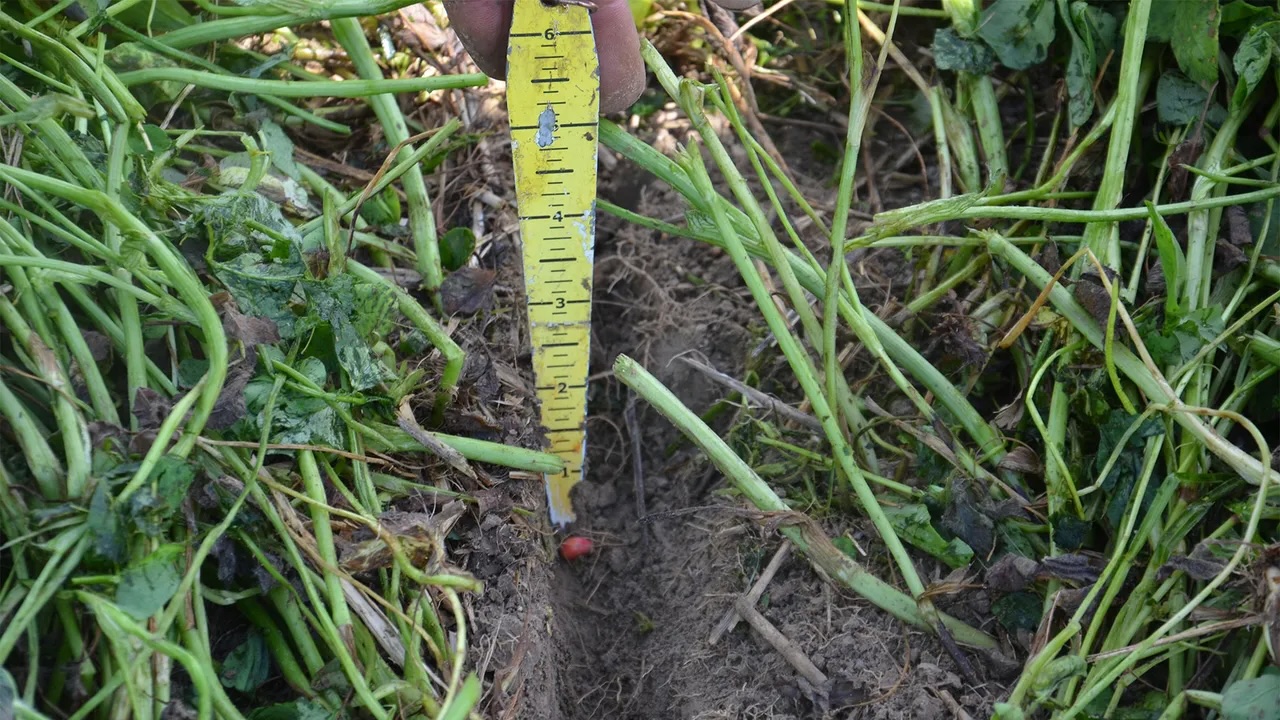Find fudge factor for corn yield estimates

I like to estimate corn yields in mid-August. The biggest factor that could affect my estimate is how well grain fill performs. How can I get a better handle on which fudge factor to put into the yield formula for kernel size — 90, 85, 80, 75 or even 70?
The Indiana certified crop adviser panel answering this question includes Danny Greene, Greene Crop Consulting, Franklin; Abby Horlacher, Nickel Plate Consulting, Frankfort; Brian Mitchem, Farmer 1st Agronomy Consulting Services, Decatur; and Dan Quinn, Extension corn specialist, Purdue University.
Greene: Michigan State University suggests an average of 75,000 to 80,000 kernels per bushel for excellent grain filling conditions (75 or 80); 85,000 to 90,000 kernels per bushel for average (85 or 90); and 95,000 to 105,000 kernels per bushel for poor conditions (95 to 105).
I recommend you stay close to average for an August estimate to be conservative. Your estimate should be more accurate when performed later in the season. As grain approaches black layer, you should have a better idea of what grain-filling conditions your crop experienced and what factor to use.
Horlacher: Your fudge factors in the yield estimate represent conditions during grain fill. The grain fill period goes from after pollination to physiological maturity. In mid-August, we are just at the beginning of this period.
We need to consider what has happened after pollination and what the weather forecast looks like for the next 40 days, depending on when you are doing yield checks. If it looks like we are going to have decent weather for the rest of the time, lean toward 80 to 85 as the fudge factor. If we are encountering high heat and dry conditions, use a fudge factor of 90.
Mitchem: Kernel weight or grain fill will be fully determined over the next four to five weeks, and the growing environment will impact starch accumulation until black layer. Many modern hybrids have kernels that are much larger than genetics from 10 years ago. This further complicates the question of which kernel-per-bushel figure to use in the divisor for the equation.
Due to the genetic improvement in kernel size, it is more likely you should use a lower number in the equation, thus increasing the yield estimate — all other factors equal. Late-season plant health, good growing conditions and adequate late-season fertility all will contribute to larger kernel size.
Quinn: The fudge factor is a number based on the number of kernels present per a 56-pound bushel. For example, if you use a fudge factor of 70, that means we are basing the yield calculation off the assumption that there are 70,000 kernels per bushel, or 1,250 kernels per pound.
The best way to get a better handle on your fudge factor and kernel weights is to dry and weigh some of the kernels to estimate total kernels per pound, and the best estimate is going to occur once grain fill is completed or when black layer is observed. The challenge with getting this estimate earlier is that grain fill has not been completed until black layer. Conditions or plant health can still dictate how well or poorly grain fill occurs.













